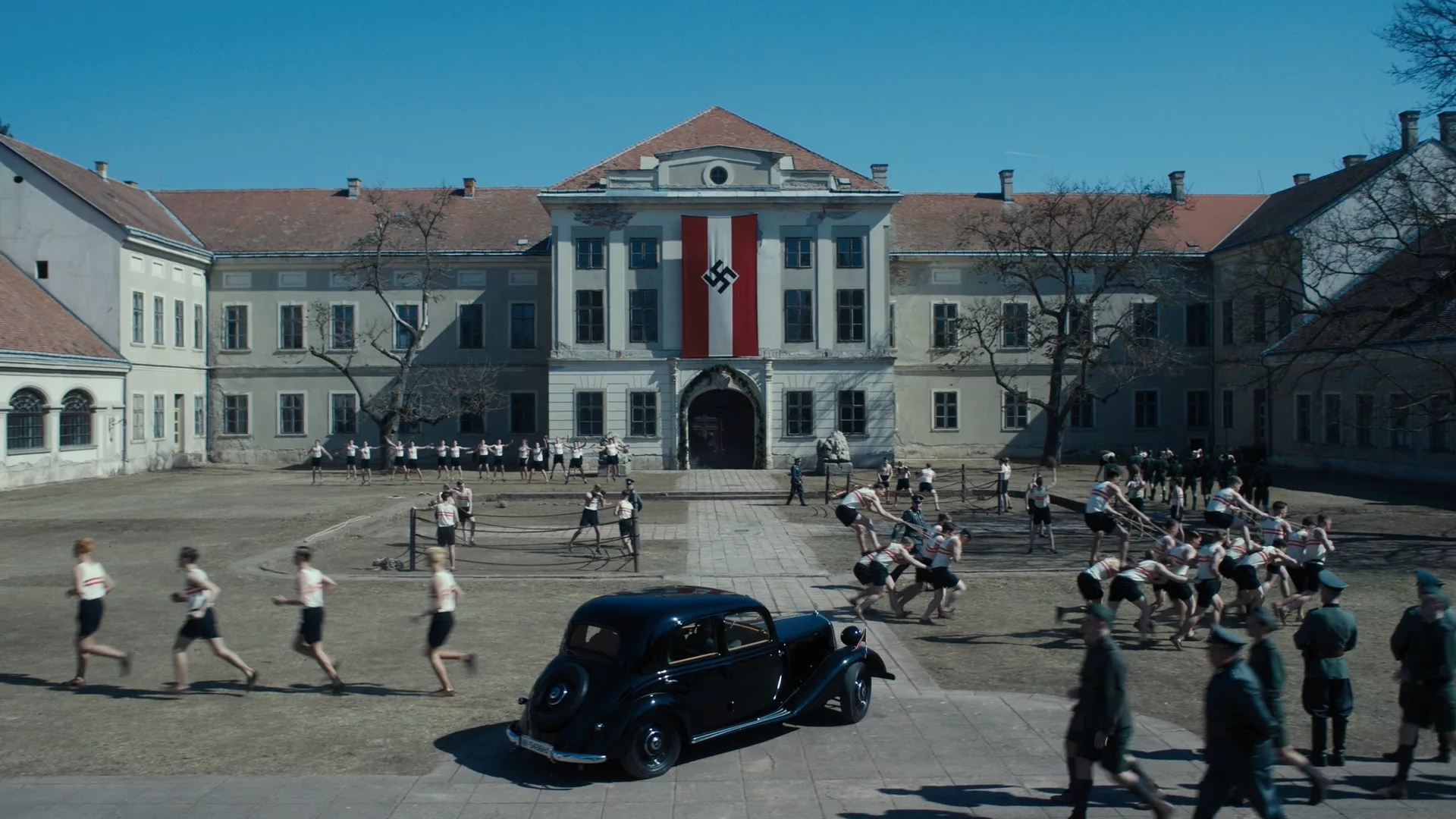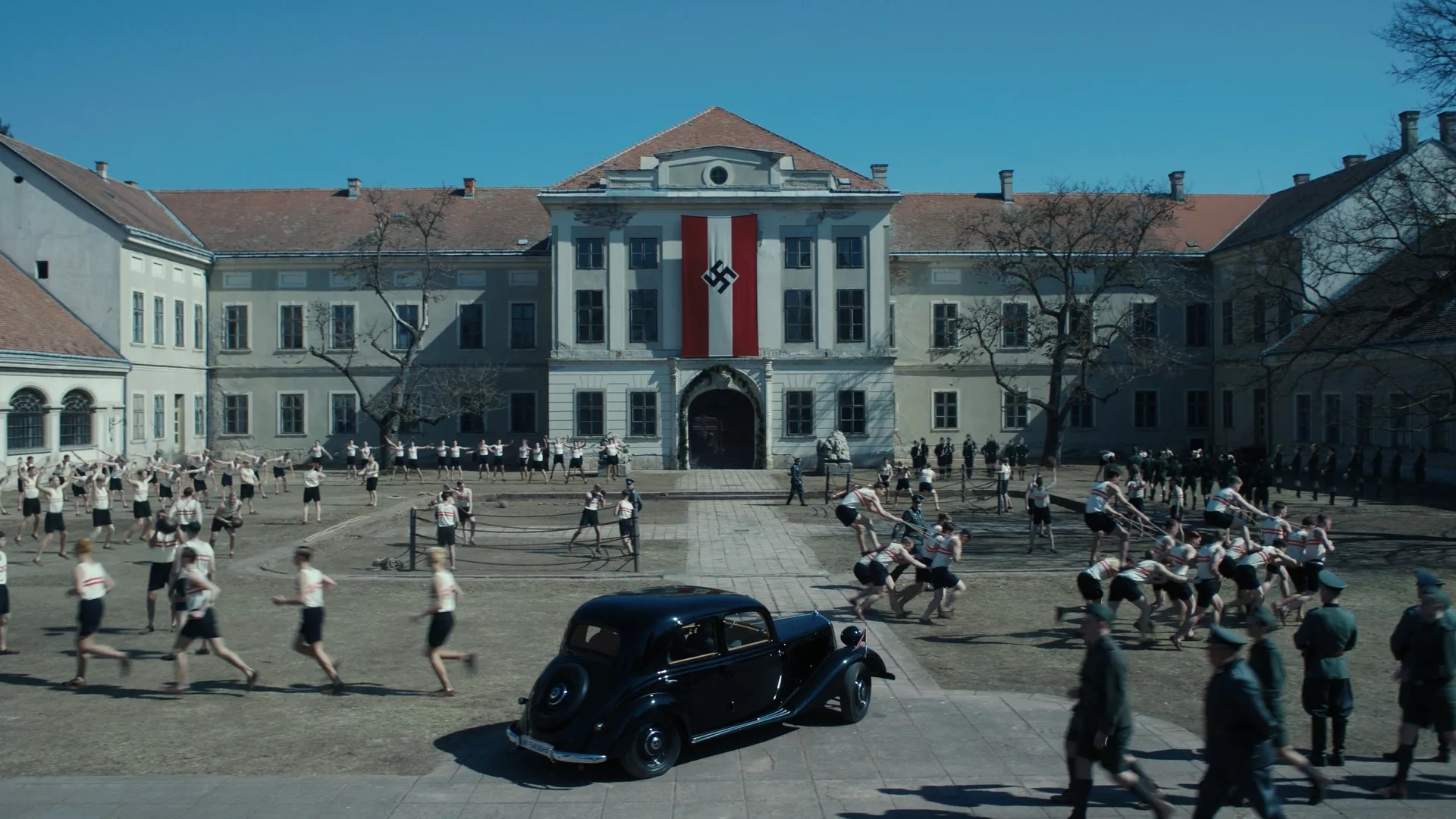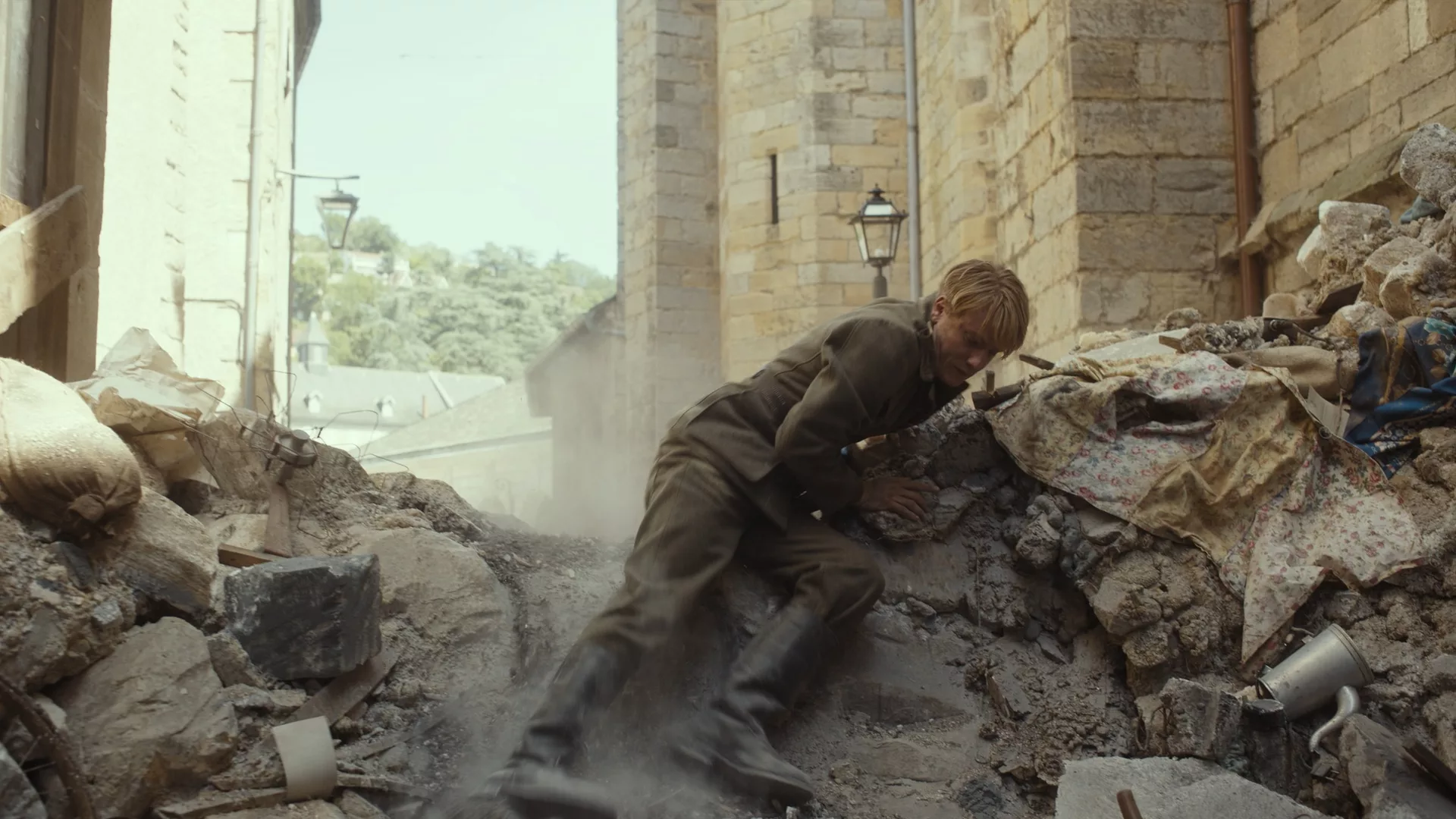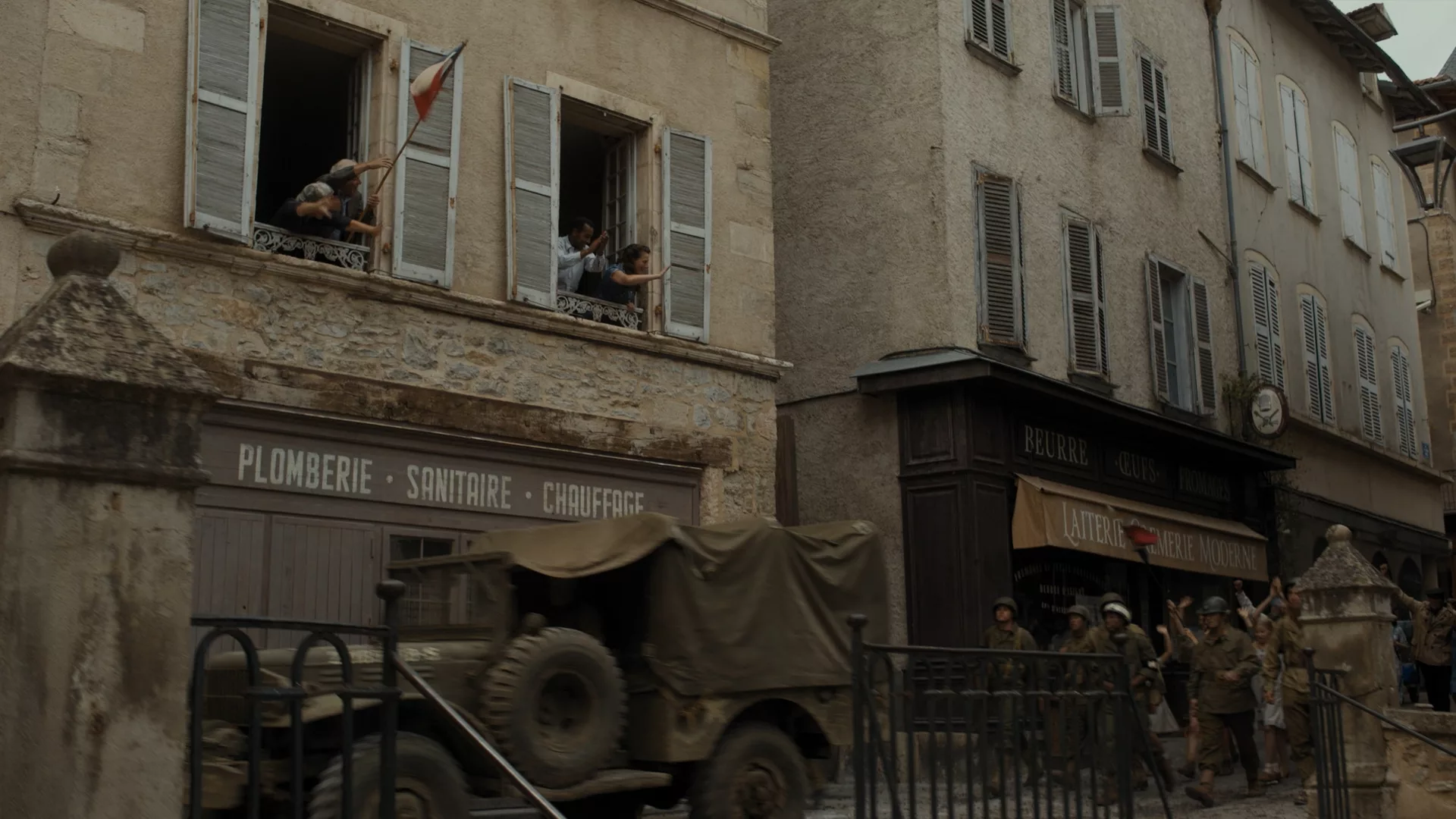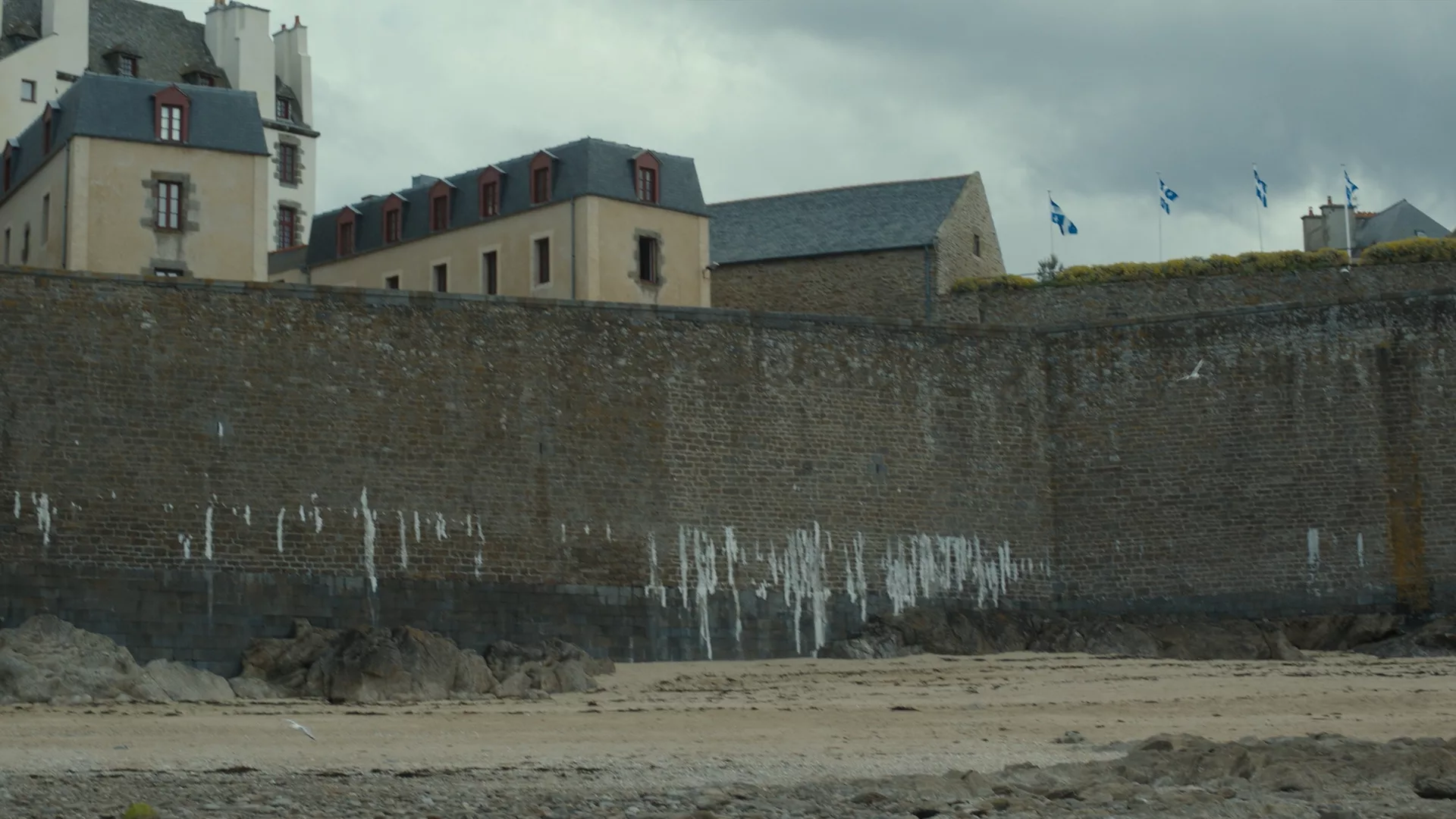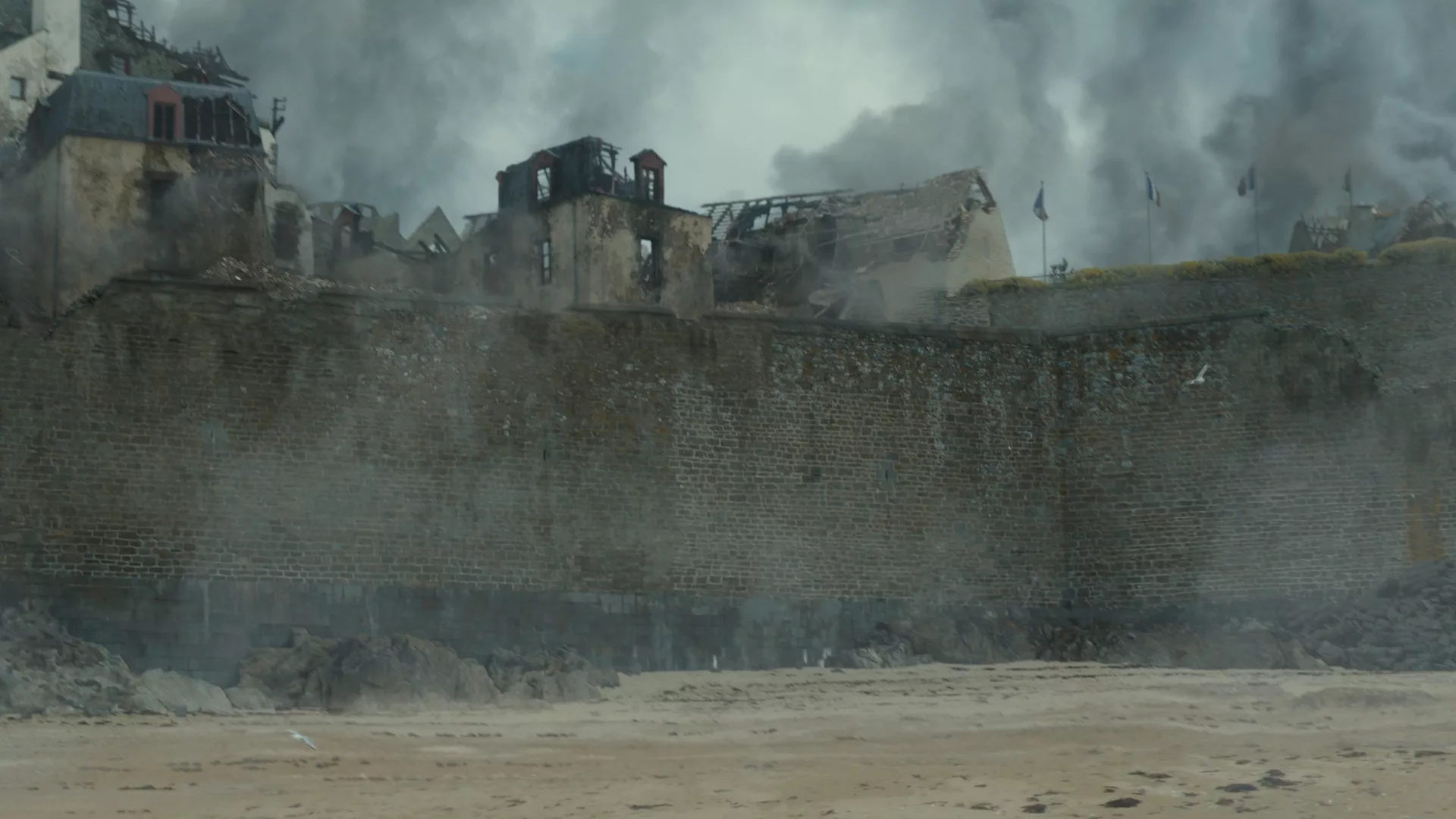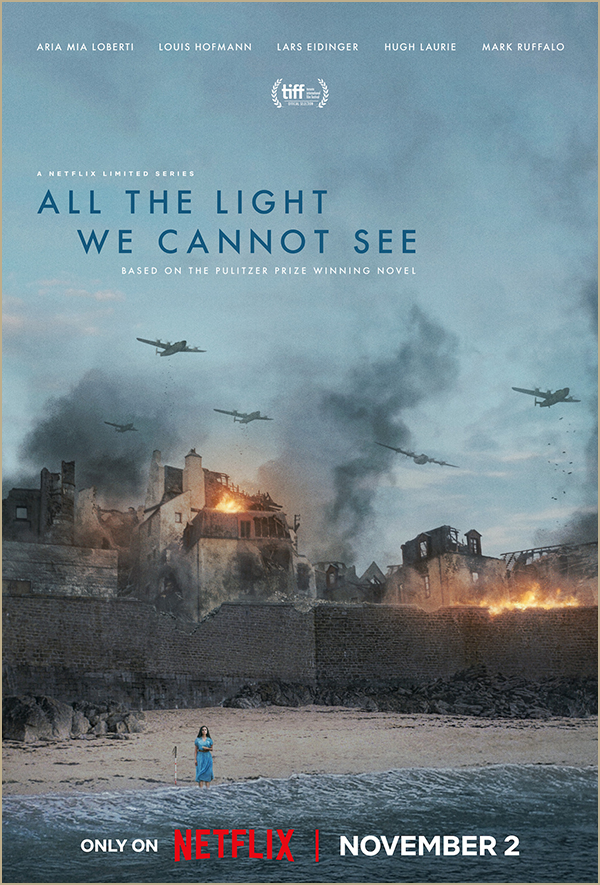DIRECTOR : Shawn Levy
PRODUCTION VFX SUPERVISOR : Charlie Lehmer
PRODUCTION VFX PRODUCER : Viet Luu
THE YARD SENIOR VFX SUPERVISOR : Laurens Ehrmann
THE YARD VFX SUPERVISOR : Harry Bardak
THE YARD VFX PRODUCER : Elisa Perez
‘All The Light We Cannot See’ is a four-part limited series, based on Anthony Doerr’s Pulitzer Prize-winning novel. This historical drama revolves around two main protagonists: a blind French girl Marie-Laure LeBlanc (Aria Mia Loberti) and a young German soldier Werner Pfennig (Louis Hofmann), who are drawn together by an illegal radio broadcast during the turmoil of World War II. The series, directed by acclaimed filmmaker Shawn Levy (known for ‘Night At The Museum’ and ‘Stranger Things’ among many others), chronicles the characters’ respective journeys from Paris and Berlin to Saint-Malo, where their paths intersect.
This tale of courage, hope, and human connection to the world features a stellar cast, including Mark Ruffalo as Marie-Laure’s father, Daniel, Hugh Laurie as Uncle Etienne, Lars Eidinger as the cruel Gestapo officer Von Rumpel, and Marion Bailey as Madame Manec.
The Yard VFX played a pivotal role alongside key VFX industry players ILM and Raynault VFX in bringing the post-World War II setting of Saint-Malo to life. Entrusted with 334 VFX shots across four episodes, the team at The Yard paid meticulous attention to detail and coordination over a 10-month post-production period to ensure alignment with the creative vision. The Yard VFX primarily focused on transposing Villefranche-de-Rouergue, a town in the Occitanie region where the film was partially shot, to a post-bombing 1945 Saint-Malo. From simple window composites to extensive full CG set augmentation with numerous FX interactions, the project featured seven distinct environments depicting different times of day and atmospheric conditions, requiring seamless integration of CGI elements with live-action footage.

WATCH OUR VFX SHOWREEL
SCOPE OF WORK
Through meticulous planning, collaboration, and innovative techniques, The Yard VFX successfully recreated the historic setting of Saint Malo in "All the Light We Cannot See." The Yard was also involved in creating digital crowds and various effects that contributed to enrich the storytelling.
Efficient Resource Management and Collaboration
Despite resource limitations, Charlie Lehmer, the production’s VFX supervisor, provided crucial set data, including LIDAR scans of Villefranche, HDRI maps, and panoramic footage and various assets. Leveraging past experiences on previous collaborations (such as ‘The Gray Man’), the team, led by our DMP and Visual Development Head, Noemie Cauvin, employed a tiered approach to shot execution, ensuring alignment with the creative vision while managing budget constraints effectively. Paint overs and concept creation were instrumental in refining key shots.
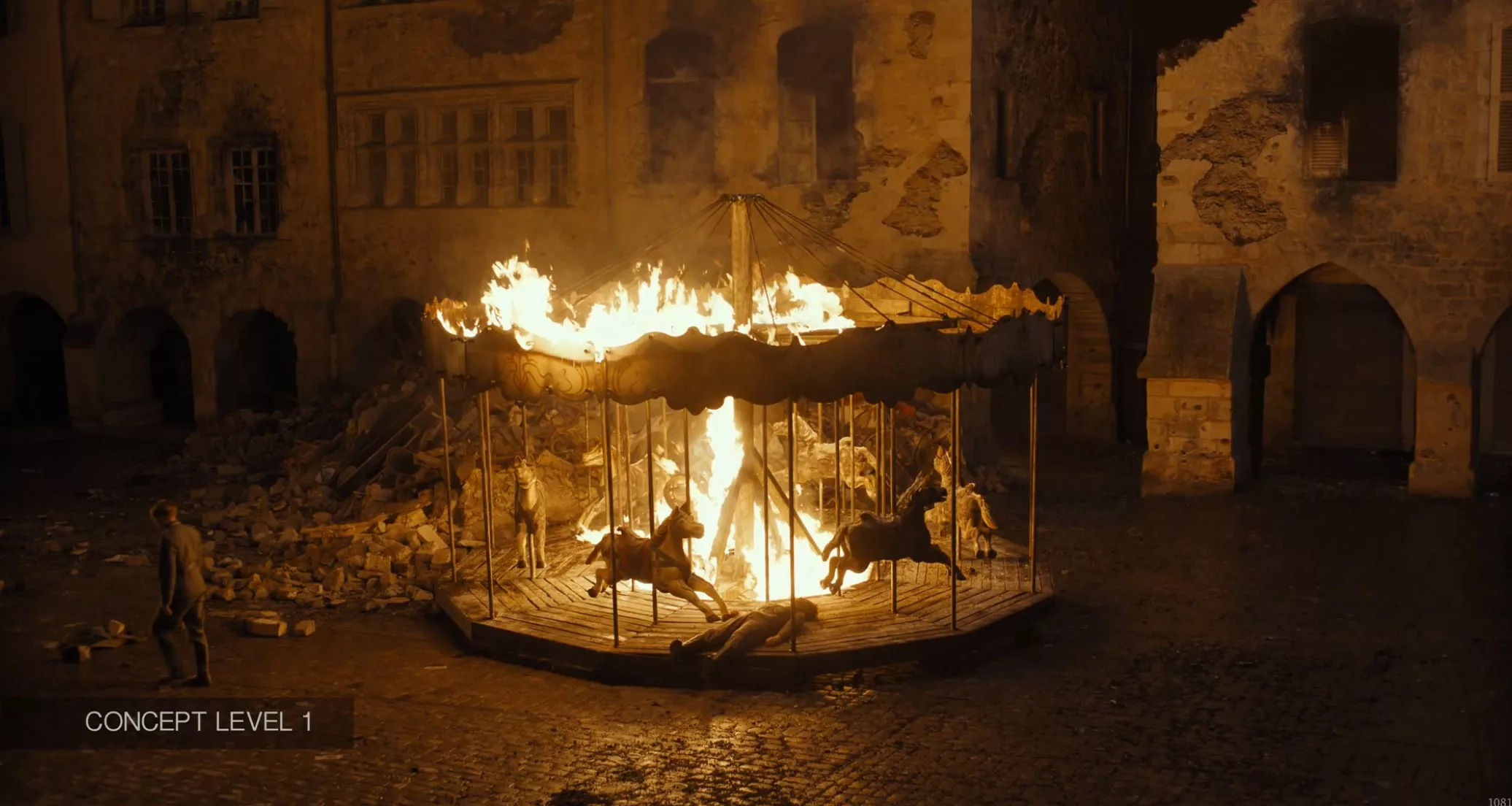
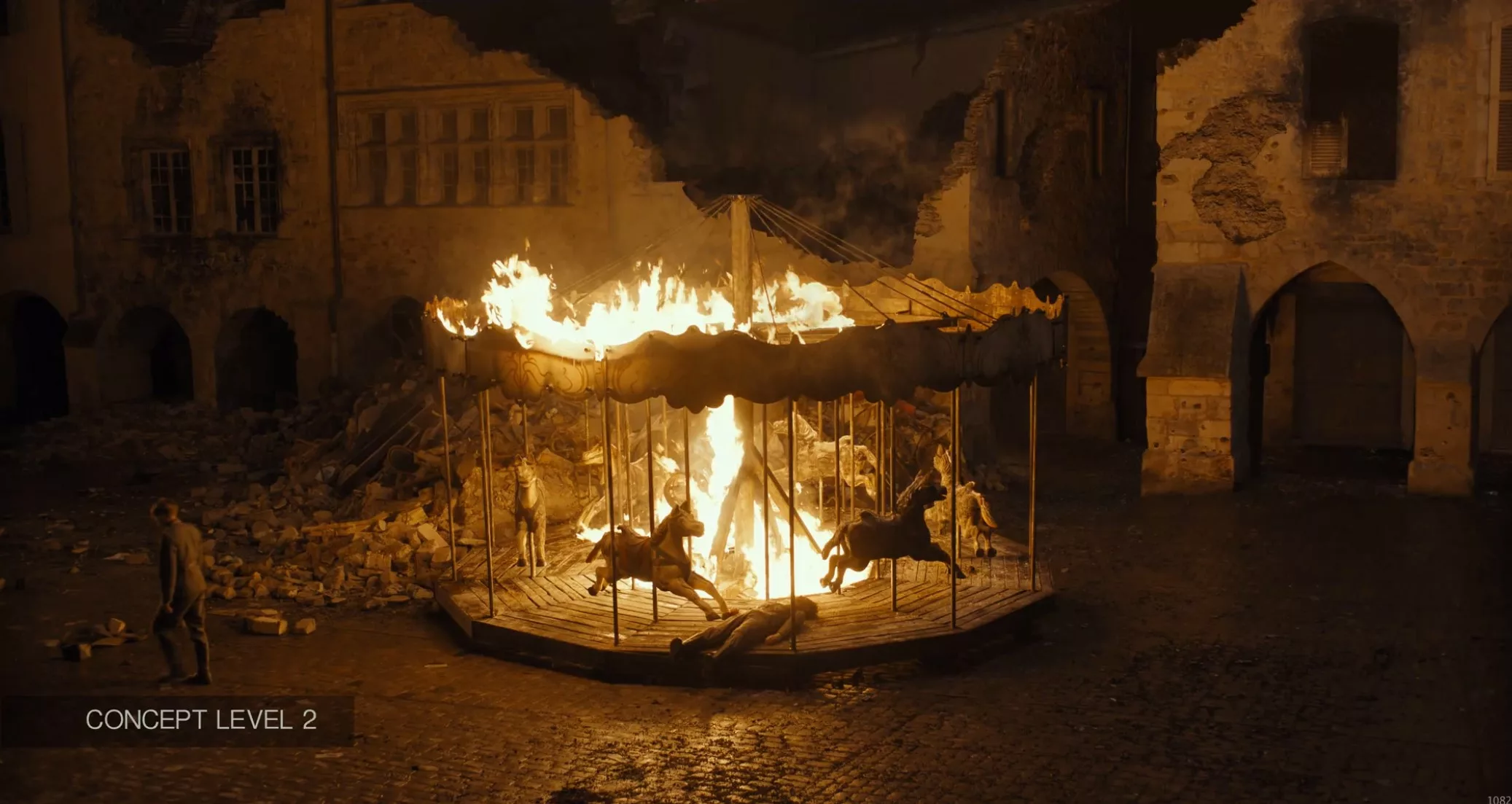
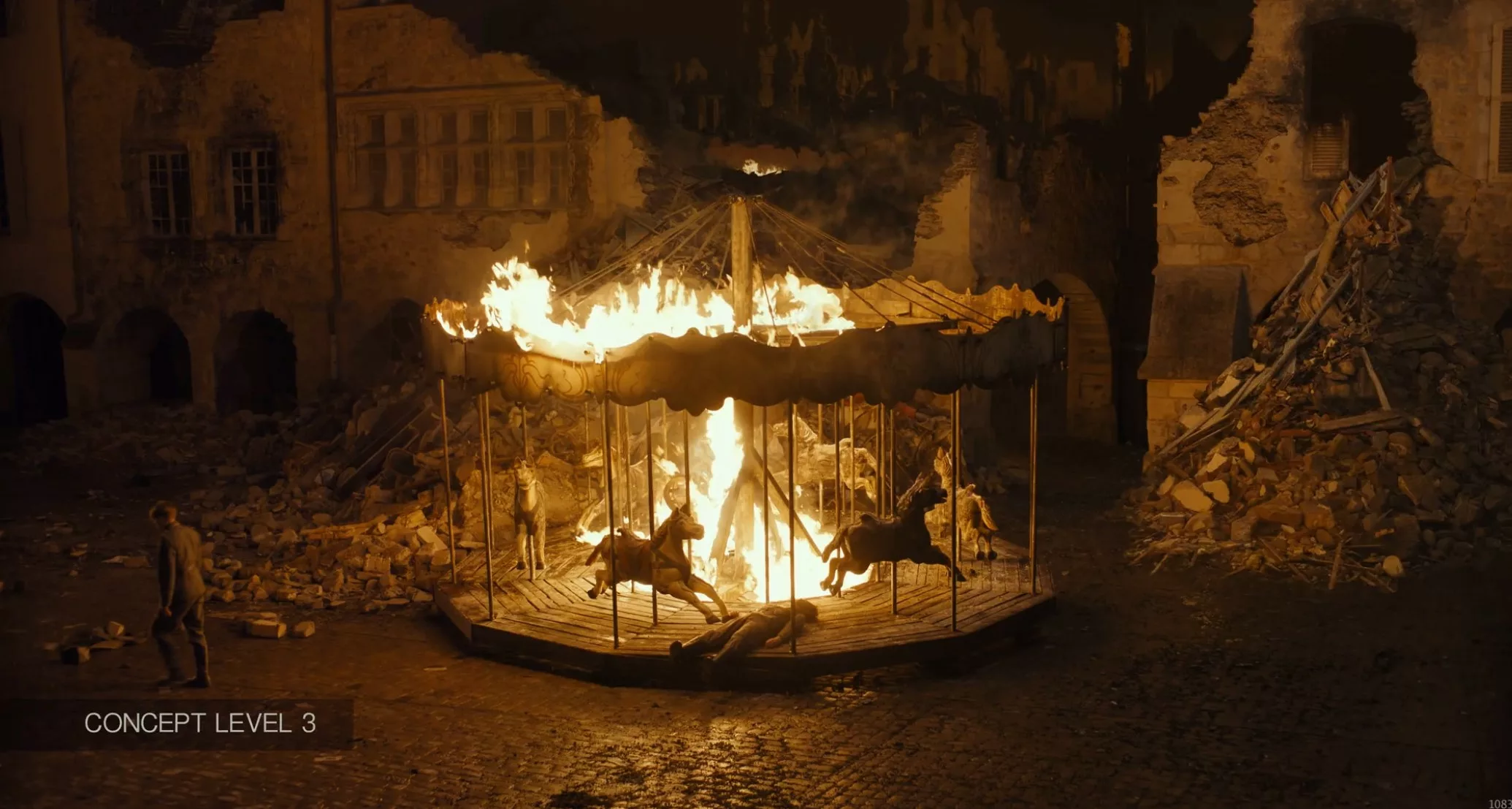
Asset Creation and Environment Dressing
Once the creative direction was approved and greenlit, The Yard VFX and the production team established what needed to be built. It was imperative to Shawn Levy and Charlie Lehmer to imbue buildings with life, making each house unique and personalized, featuring belongings from the inhabitants.
212 assets spread over 7 environments were meticulously crafted to achieve the desired complexity, ranging from debris to personalized props. The teams at The Yard paid a very particular attention to some of these assets, which had to work under any lighting conditions - from night time illuminated by pockets of fire to plain day with the sun illuminating through smoke from the bombing aftermath.
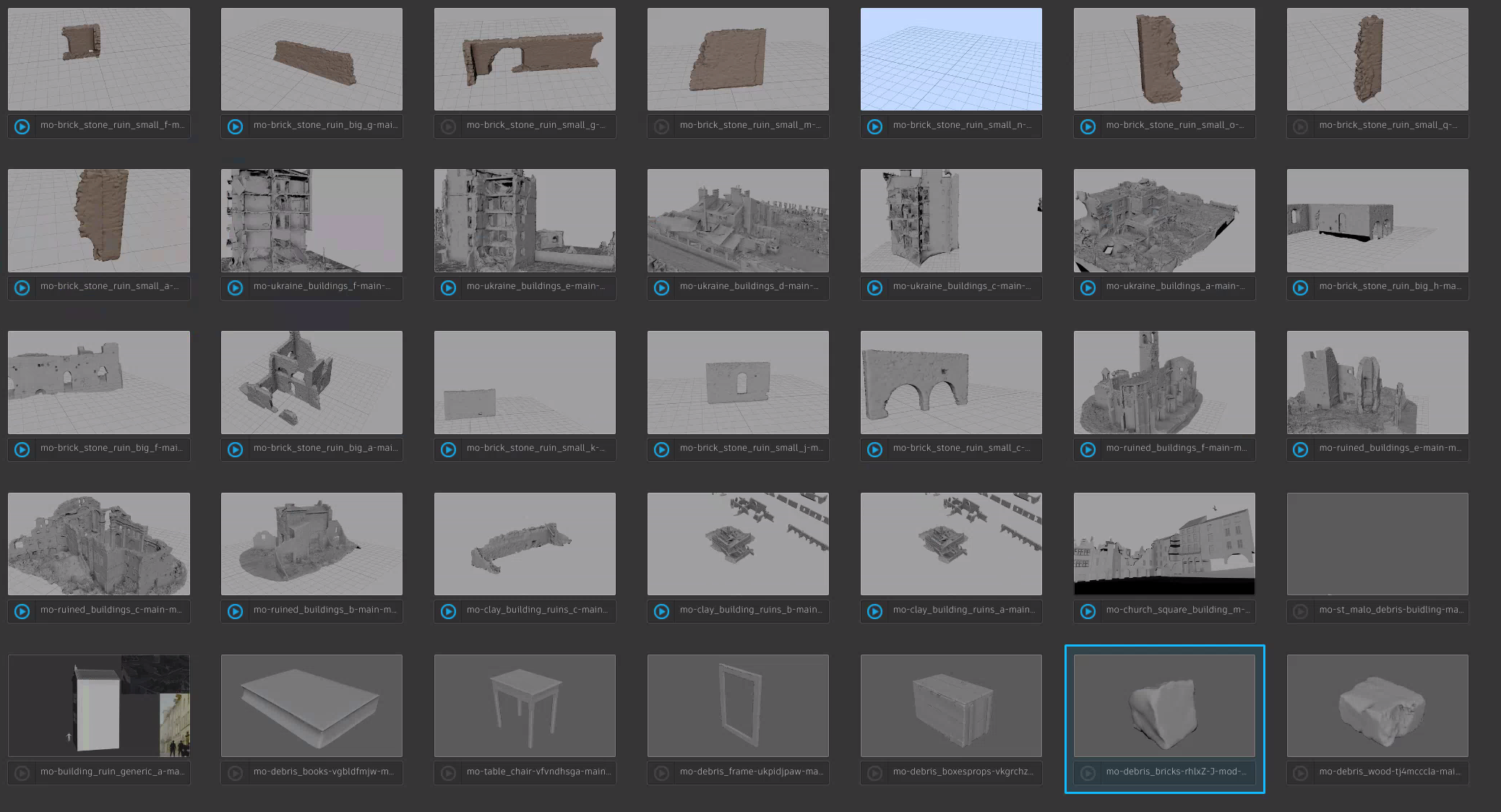
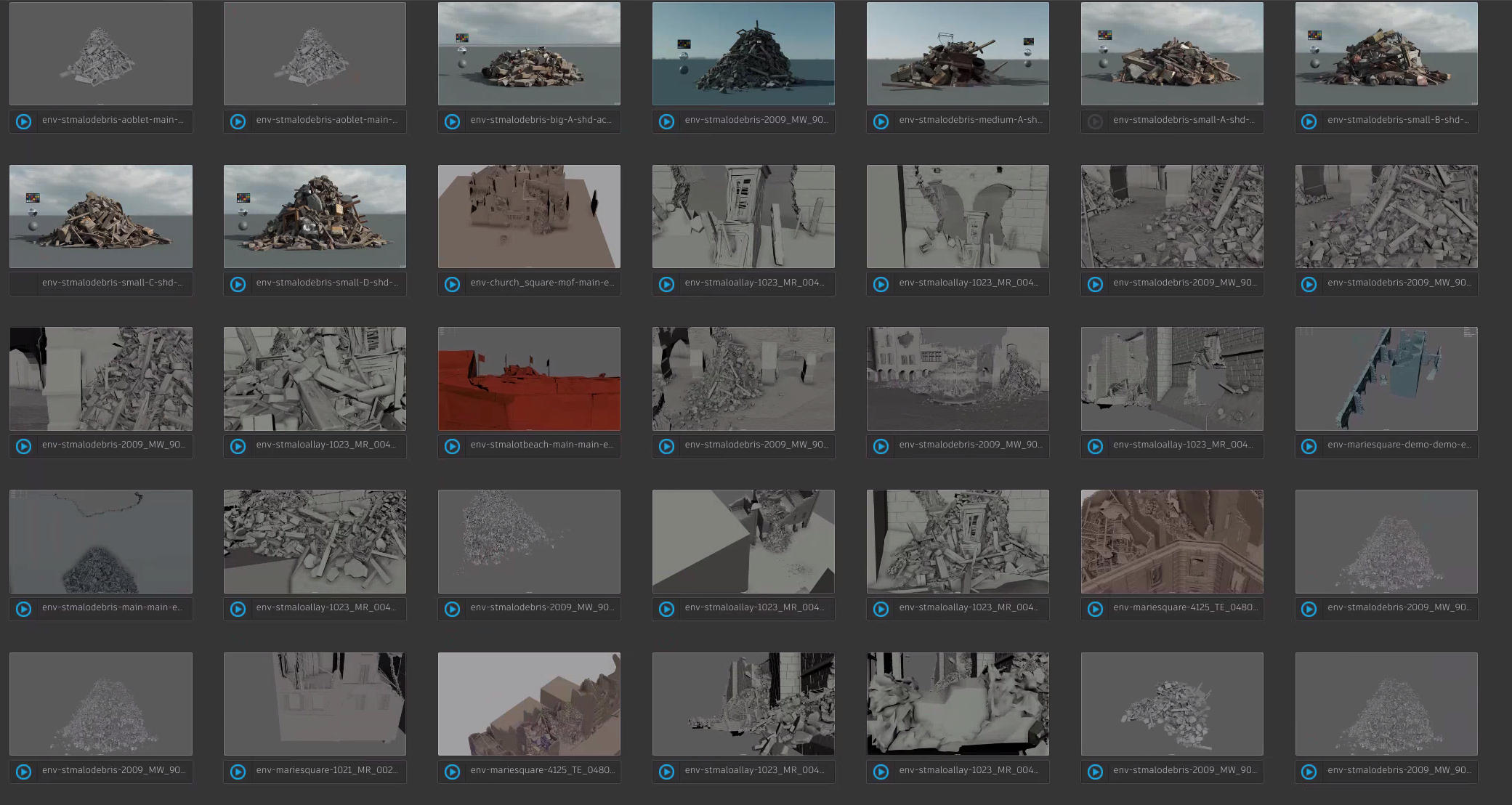
Before set dressing, volumes were blocked to match approved concepts. The use of Houdini's rigid body solver streamlined debris positioning, while generic FX elements from a VDB library facilitated efficient discussions before definite simulations of fire, smoke, and embers, using Houdini’s Axiom Solver.
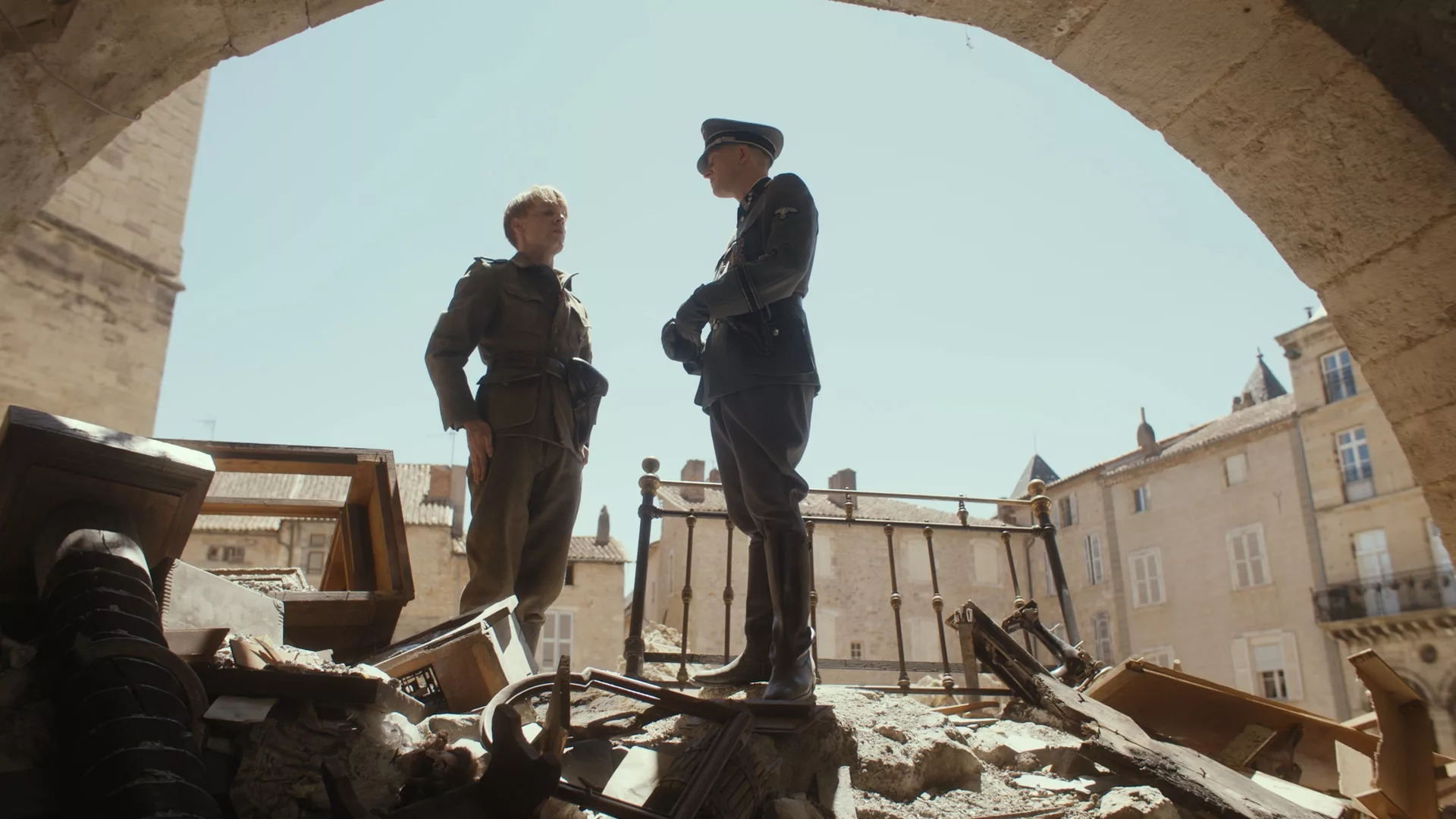
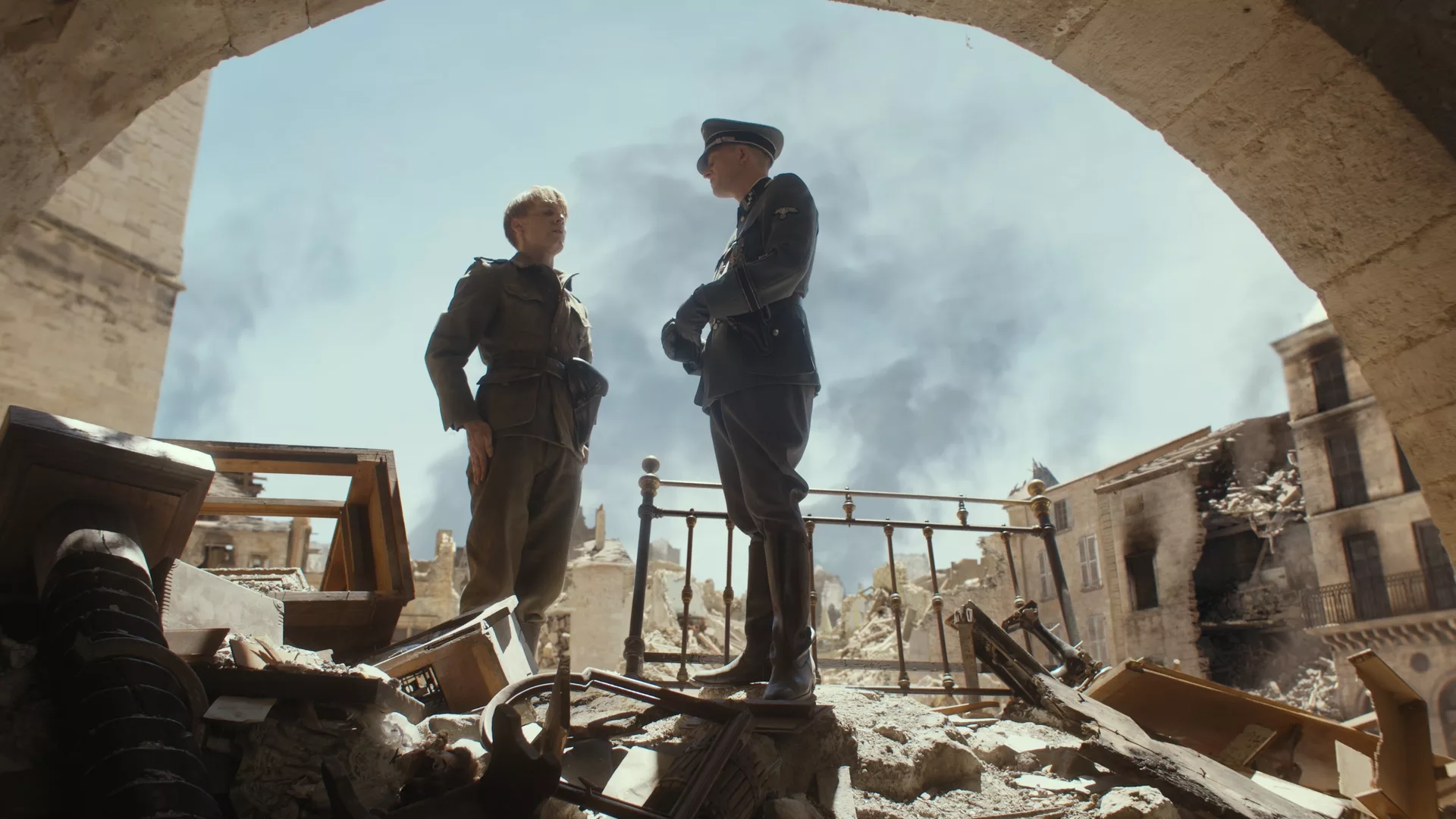
Mastering Lighting and Rendering Challenges
Once 3D elements were ready, lighters rendered scenes, incorporating interactions with live-action plates. Some portions of plates were replaced by full CG doubles to achieve desired light interactions, especially reflections. Digital matte painting added extra buildings and detailed textures, enhancing visual authenticity.


The final touches to meet the creative vision
Supervised by Julien Martins, compositing integrated CG renders and matte paintings seamlessly into plates, simulating lens imperfections, depth of field, and glares for a cohesive visual narrative.

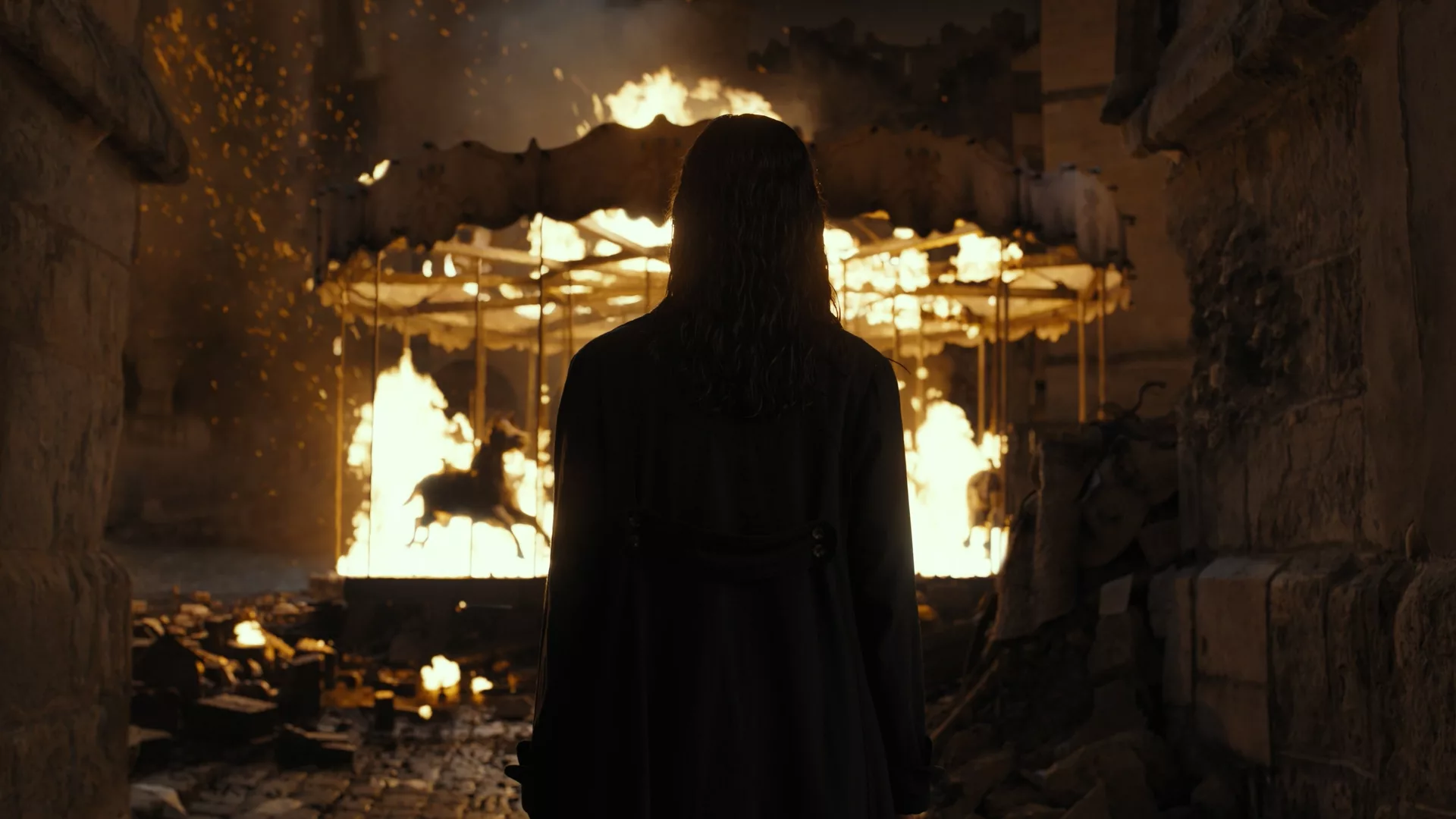
BEFORES/AFTERS
